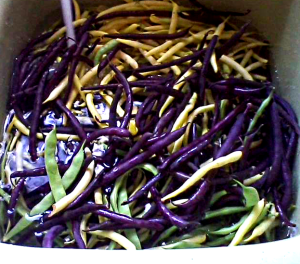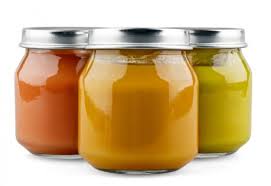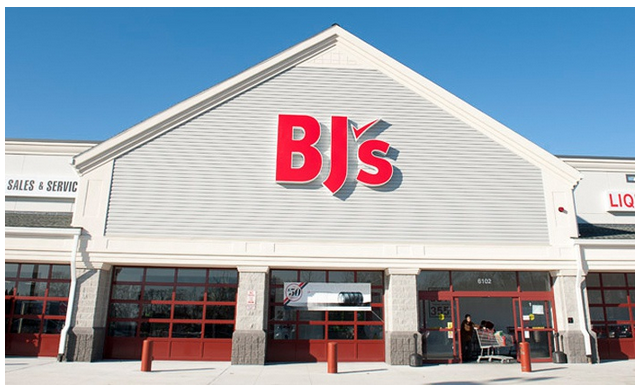
Fruits and vegetables are an important part of a healthy and balanced diet. Since they can be some of the more pricey grocery items, though, buying fruits and vegetables can eat up a large chunk of a household food budget.
Fresh produce can be so costly at times, that it sometimes takes a backseat to other grocery items. Instead of skimping in the produce aisle, though, keep in mind that there are a couploe of ways to get cheap produce. You just need to know where and how to look, and sometimes think outside of the supermarket.
Here are a few ways you can get cheap produce for you and your family…
1. Watch For Sales
Check your local stores’ sales circulars each week for cheap produce. There are usually some pretty decent deals each week at the different stores. Consider planning your meals around what produce is on sale. If there’s a great sale where you can get a lot of cheap produce, you might also consider stocking up and freezing, canning, or dehydrating the majority of it.
2. Use Coupons
Coupons for fresh produce are often very difficult to find. They aren’t impossible to find, though, and they do exist. Try searing for specific brands of produce you use often. For instance, you can print Fresh Express coupons for bagged salad mix at SaladSwap.com. Store coupons can also help you save money and get cheap produce. These can usually be found on store websites and Facebook pages, or in weekly sales circulars.
3. Go Frozen
Nothing compares to fresh produce, but if you find that it’s a little too expensive, there’s no harm in adding some frozen vegetables to your grocery list. Studies have shown that frozen vegetables are almost identical in regards to nutrients too. Not only that, but they’re also much cheaper than fresh vegetables, and they will keep for weeks or months in the freezer, so you’ll waste less due to spoilage.
4. Look For Seasonal Produce
Here’s a great tip to score cheap produce, but many consumers still don’t always keep this one in mind. Fruits and vegetables are generally less expensive when they’re “in season”. This is simple supply and demand – when there is more of a product than people are demanding, the price goes down. Do a little research and find out what’s in season in your area. A few examples include asparagus in the spring, tomatoes in the summer, and apples in the fall.
5. Contact Local Growers
You can often score some cheap produce by cutting out the middleman and going straight to the source. You can go to local farmer’s markets in the summer, for instance. You can also check out roadside produce stands as well as pick-your-own farms.
6. Grow Your Own
If you have the time and space, consider growing your own produce. Your initial investment could include nothing more than the cost of some seeds, which can be found for next to nothing at your local dollar store. Some other optional expenses may include items like fertilizer and garden tools. Although it requires a little hard work and time, the rewards are massive. It always amazes me that such a minimal monetary investment can provide such bountiful harvests each week throughout the summer. To prolong your harvest, you can also freeze or can your vegetables to last through a good part of the winter as well.






